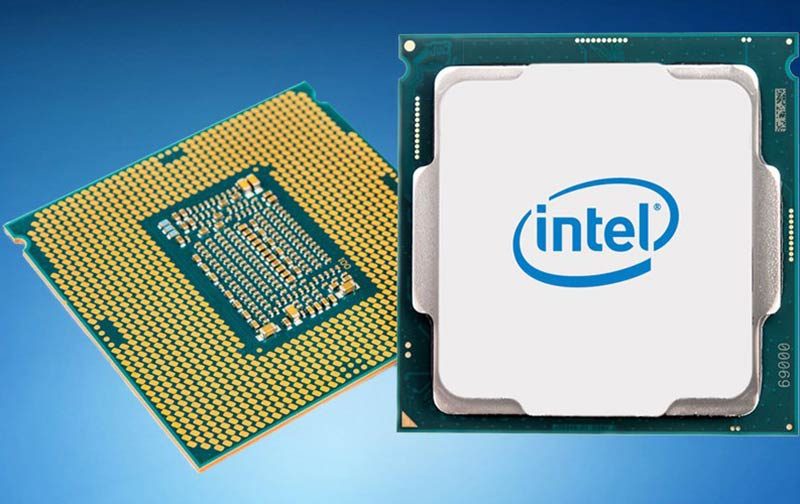



At the start of the month, rumours started circulating about serious 14nm supply issues from Intel. Over the past week, these have bubbled up in a new report. According to a new report out this week, Intel is planning to ink a new deal with TSMC to manufacture some 14nm products. With all of these signs coming together, it appears clear that Intel is facing a full-scale 14nm supply shortage. This appears largely due to the in-house fabs at Chipzilla. There are likely two main reasons for the shortage of 14nm parts.
The first reason for the shortage is quite obvious and is due to the delays in 10nm. Intel introduced 14nm back in 2015 with Broadwell. The original plan was for 14nm to be phased out in 2017/2018. Intel is stuck with 14nm for a lot longer than they planned for due to 10nm delays. This is leading to a ripple effect on their production. Normally, Chipzilla has fabs on 3 nodes with the oldest doing chipsets, the current one CPUs and the new one ramping up new CPUs. With 10nm stalled, those fabs can ramp up into full production. At the same time, chipsets moving to 14nm only makes supply tighter. Since it doesn’t make sense to retool 22nm fabs to 14nm just to make chipsets, a shortage is happening.
The other potential reason for the shortage is a stronger and more resurgent AMD. With Ryzen, AMD pushed comparable IPC and more cores than Intel. This is leading to the obvious increase in cores from Intel as well. While Chipzilla no doubt planned for more cores for their CPUs, those plans may have involved 10nm. With 10nm, the increased density offsets any increase in core and chip size. However, Intel can’t wait for 10nm to manufacture 6 and 8 cores. Since AMD is forcing their hand, 14nm will have to do. With larger die sizes, fewer 6 cores CPUs compared to 4 cores can be made on the same wafer. This means while overall silicon production is the same, fewer chips and supply is provided.
Due to the shortage, the most notable impact has been on Intel CPU prices. Across the board from the lowly i3 8300 to the i5 8600K and i7 8700K, prices have been tracking up since launch and more recently in particular. At the same time, AMD has kept their prices down and cheaper. Without more supply, Intel chips will only continue to get pricer as the holiday season approaches and demand goes up. This could price out potential Intel customers and who then buy AMD. The only hope right now is that the TSMC deal can free up some 14nm production or 10nm suddenly becomes viable. Either way, it will be interesting to see how it all plays out with upcoming product launches.
A former BioWare veteran, Mark Darrah, has shared insights into the development status of the…
The launch trailer for Season 2 of Call of Duty: Black Ops 6 has been…
Ted Price, the founder and head of Insomniac Games, has announced his retirement, marking the…
NVIDIA's classic GT 730 graphics card is making a surprising comeback, this time with updated…
The development team at Owlcat Games has announced that Warhammer 40,000: Rogue Trader has surpassed…
Fans of Rockstar Games’ Grand Theft Auto (GTA) series are buzzing with excitement and a…